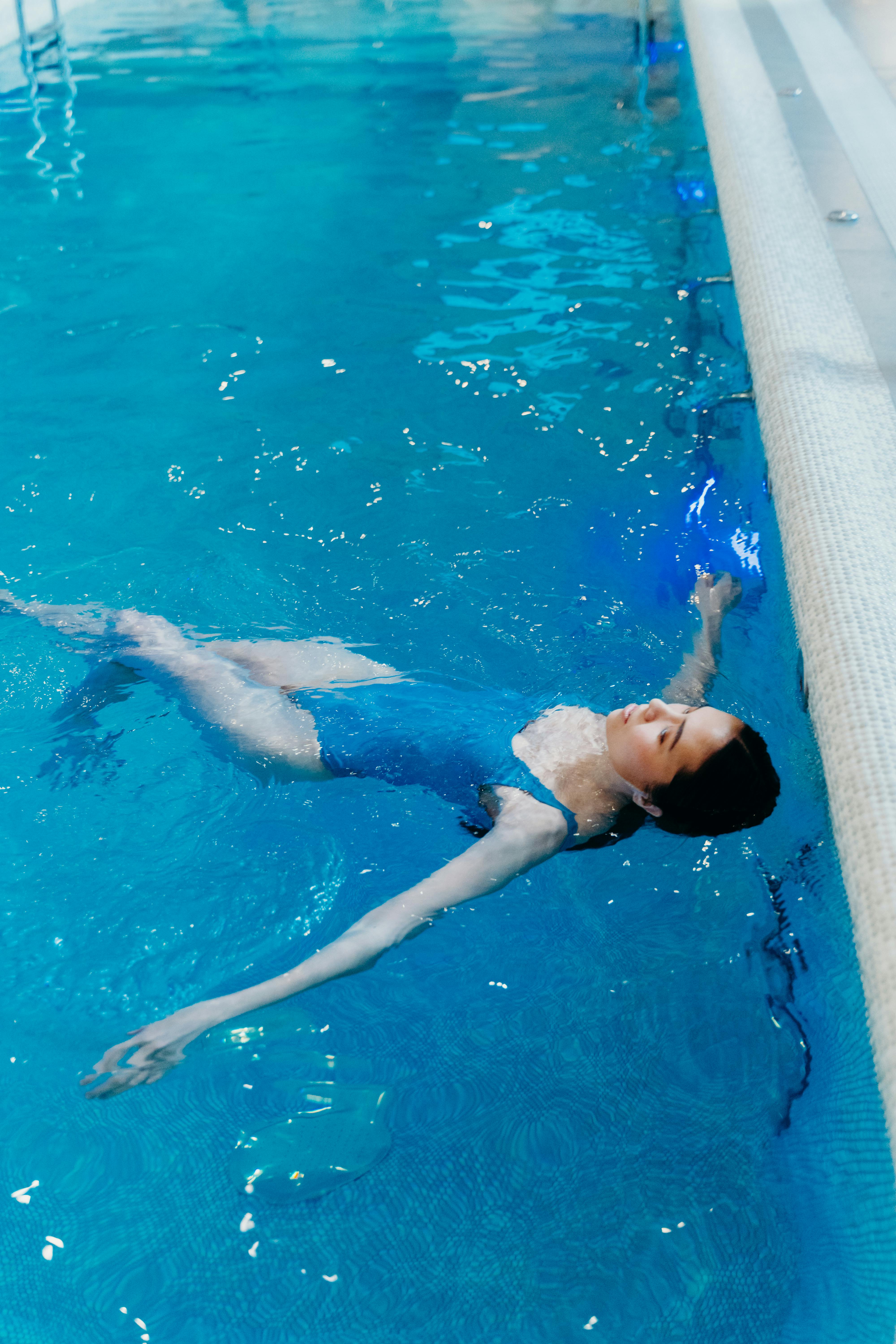Unmasking the Science behind the Swim: The Unexpected Factors Shaping Swimming Performance
Introduction Immerse yourself in the fascinating world of swimming, a discipline that has captivated audiences and athletes for centuries. Our journey explores the unexpected factors that shape swimming performance, from the role of body composition to the influence of water temperature.

The Historical Arc of Swimming: From Survival to Sport
Swimming is one of the oldest forms of human activity, with evidence dating back to the Stone Age. Originally a survival technique, swimming evolved into a competitive sport in the 19th century. This transition was marked by key developments such as the establishment of swimming associations and the incorporation of swimming into the first modern Olympic Games in 1896.
Decoding the Swim: Factors that Influence Performance
Swimming performance is influenced by a myriad of factors, both intrinsic and extrinsic. Among intrinsic factors, body composition plays a significant role. Swimmers with a higher proportion of lean mass and a lower body fat percentage often have a performance advantage due to increased buoyancy. Additionally, factors such as stroke efficiency, training volume, and physiological adaptations also contribute to performance.
Temperature’s Role in the Pool: A Double-Edged Sword
Water temperature is an often overlooked extrinsic factor that can significantly impact swimming performance. While warmer water can increase blood flow and muscle flexibility, it can also lead to overheating and dehydration. On the other hand, colder water can enhance recovery but may also increase the risk of hypothermia.
The Mental Game: Psychological Factors in Swimming
Beyond the physical, swimming performance is vastly influenced by psychological factors. Mental resilience, focus, and the ability to cope with pressure are crucial for success. Techniques such as visualization, goal setting, and mindfulness are often employed by top swimmers to enhance their mental game.
From Training to Triumph: Real-world Application of Performance Factors
Understanding these performance factors opens pathways for improvement in training and competition. Coaches often tailor training programs to optimize body composition, hone stroke efficiency, and promote physiological adaptations. Similarly, psychological strategies are incorporated into training to build mental resilience and focus.
Swimming, a discipline deeply rooted in human history, continues to evolve, shaped by a complex interplay of factors. As we delve into the science of swimming, we gain a new appreciation for the intricacies of this captivating sport. In the end, it is the combination of physical prowess, mental strength, and an understanding of the subtle influences that sets the stage for swimming excellence.




